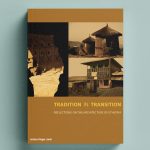Research on traditional Afar architecture and construction of a hostel building
Background
The Afar are a nomadic people living in the north‐eastern part of Ethiopia. According to their pastoralist lifestyle they have developed simple forms of flexible shelters, made out of twigs and woven mats, which can easily be transported on camels. Due to changing political, economic and environmental circumstances more and more Afar are getting settled, especially along the main trading routes. The new settlements consist of permanent houses built out of wooden frames plastered with clay (chikka-technique) – which is a highly unsustainable building technology in an arid region with scarce vegetation where every tree is extremely valuable.
Thus alternatives to the Afar´s way of building with wood are urgently needed. The only building material sufficiently available in the region is earth in the form of mud and clay. However, since building with earth has not been suitable for the nomadic lifestyle there is little indigenous knowledge about the possibilities and the many advantages of this material for building high quality permanent structures. During the last five years contacts with researchers and NGOs in the region have been intensified and the construction of a pilot building has been started in 2015.
Hypothesis
Innovative earth building technologies, appropriate for the specific climatic, cultural, and
economic conditions in the Afar‐region, can be a cost‐efficient and sustainable alternative to wood‐intensive structures in order to meet the rapidly growing demand for permanent buildings.
Project Objectives
Long‐term improvement of permanent settlement structures in the Afar‐region through
- the implementation of adequate earth building technologies
- the reduction of wood consumption for construction purposes
- the construction of a public building (kindergarten/hostel) as a pilot project
- the dissemination of knowledge on sustainable and locally adapted earth construction technologies
- the promotion of new business opportunities in construction (e.g. earth brick production)
Project Purpose
Earth‐building‐technologies will be tested for their potential and local applicability in the Afar‐region.
Together with the local NGO Afar Pastoral Development Association, APDA, the capacity for an (energy) efficient and sustainable improvement of permanent settlement structures in the region will be strengthened, disseminated, and replicated on a larger‐scale. This comprises building‐workshops, pilot buildings, as well as start‐up initiatives regarding business opportunities with earth‐brick‐production. Building up long term cooperative structures to strengthen the scientific dialogue, the transfer of know‐how and a corresponding curricula with the Addis Ababa University will be an important part of the project, since earth‐building‐technologies have great potential as an ecological alternative to costly and energy-intensive construction habits in many regions of Ethiopia.

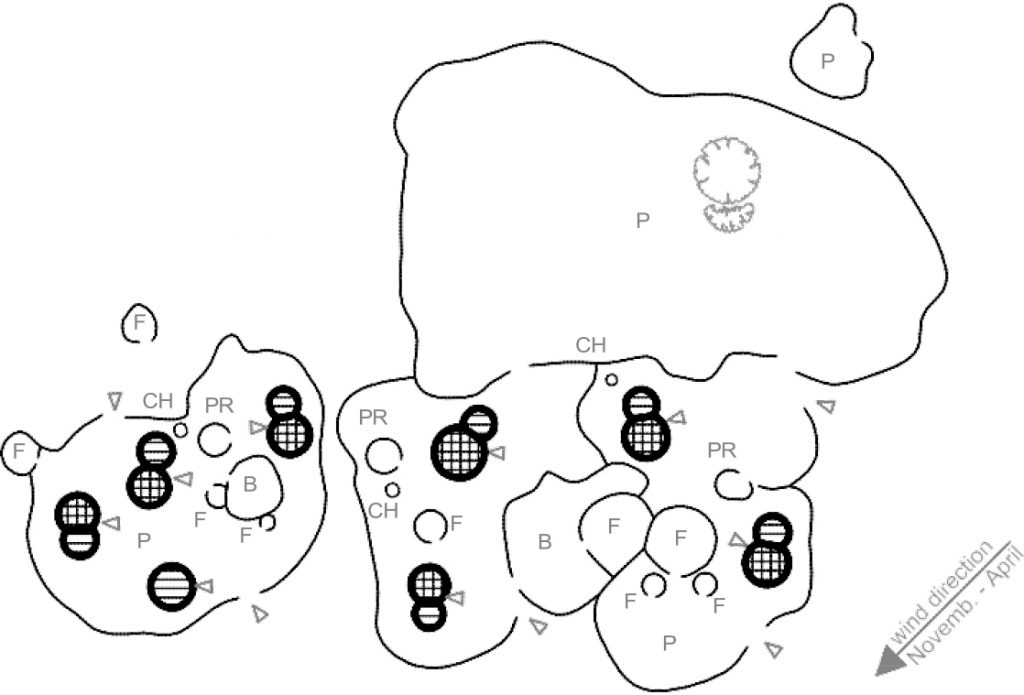
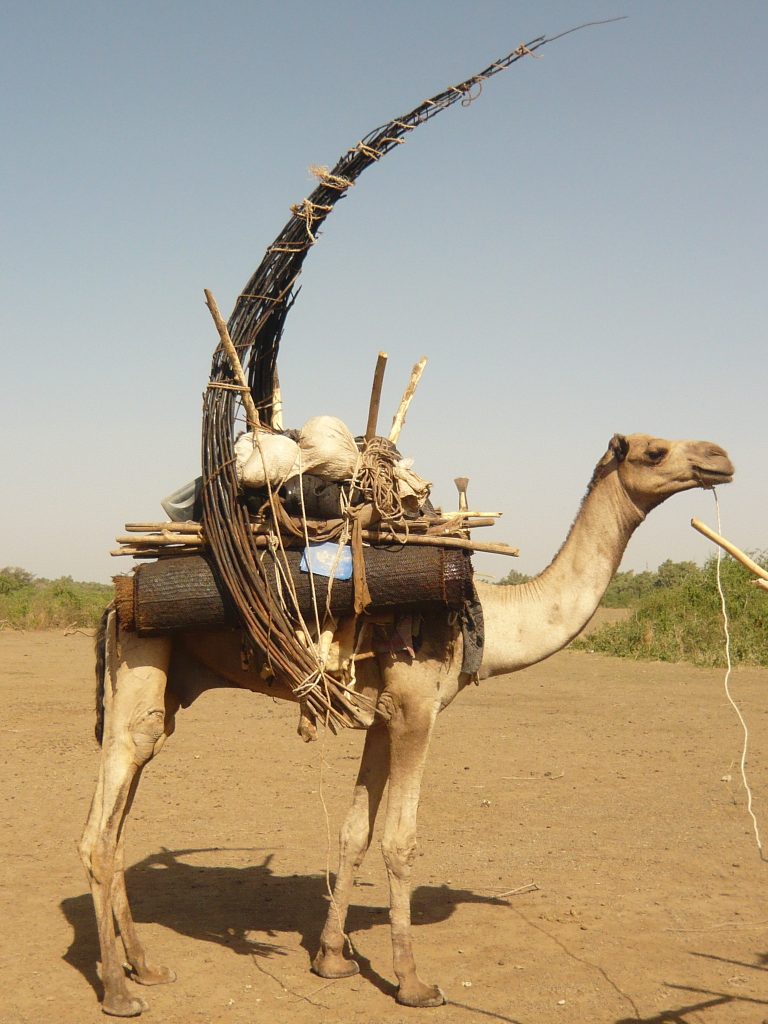

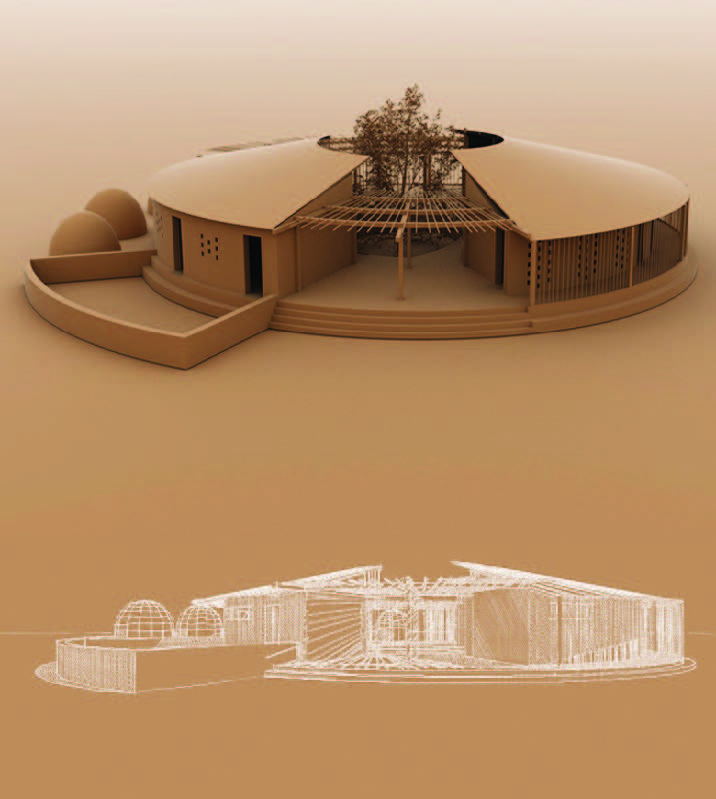
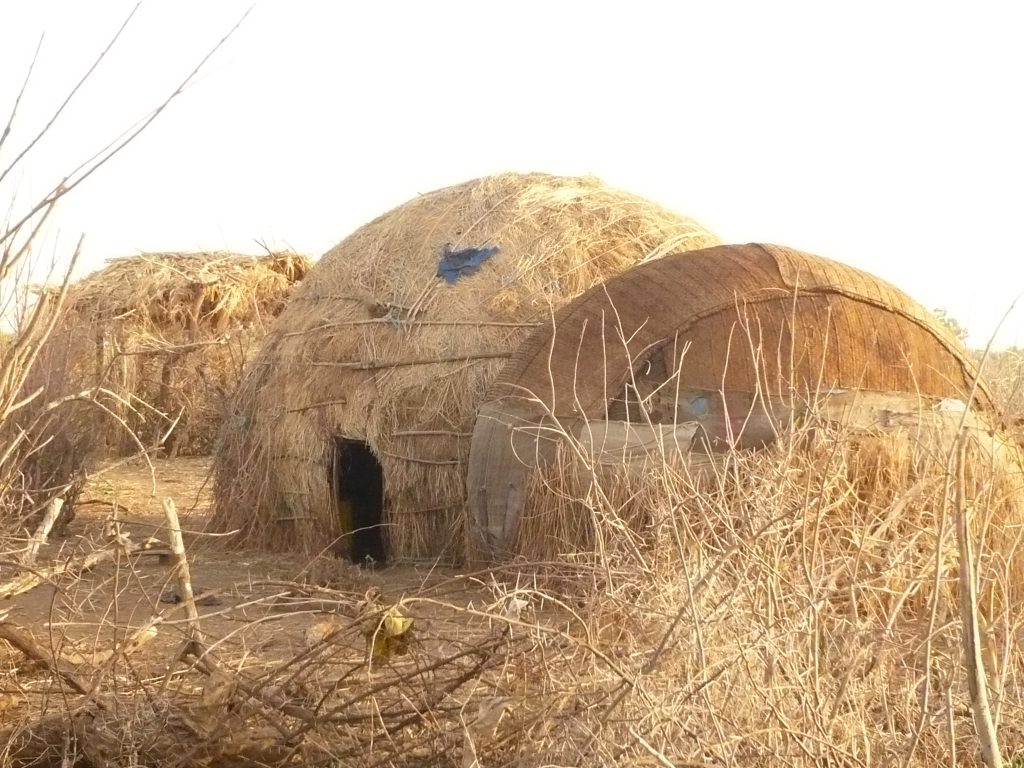
Outcomes
An earth‐construction‐technique will be developed which
- takes into account the quality of earth/mud composition available in the region
- optimizes the quality of the local earth/mud mixture with respective additives
- is technically advanced, stable, and resistant against earthquakes
- avoids the exploitation of scarce resources (such as wood)
- uses local materials
- reduces the need for long‐distance transportation of building material
- is cost‐efficient
- can be replicated by local people (with the help of training workshops) on a larger scale
The outcome will not only be beneficiary for the local community, but the results will also be of great scientific value for the Ethiopian and Austrian research institutions involved.
Activities
Preliminary activities
2011
Excursion to Ethiopia with students from the Faculty of Architecture/ TU Vienna. Joint field trip to the Afar region with representatives from Addis Ababa University. Joint design studio on an earthen model school building.
2013
Publication `Tradition in Transition. Reflections on the Architecture of Ethiopia´ (editor: Andrea Rieger-Jandl), IVA publishers, as a result of the research findings of the excursion.
2014
Completion of the diploma thesis `Afar Architecture in Transition – From mobile structures towards permanent settlements´ by Alice Eigner, TU Vienna, after a three months field study in Logya.
2015
Completion of the diploma thesis `A house for nomads – Development of earth building technologies for the Afar Region: Implementation of a compound of education and culture´ by Katharina Viktoria Schönher, TU Vienna, focusing on the implementation of a boarding school in Logya.
2016
Completion of the hostel building implemented by Katharina Schönher
2017
Completion of the diploma thesis `Adobe in Ethiopia. Implementation of earth building projects in the development context: problems / strategies´ by Denise Kiessling
2017
Completion of the ciploma thesis `Afar Nomadic Architecture: Tradition and Challenges´ by Emilia Chocian
Pilot building
A model building for a boarding school in Logya, Afar‐region, is currently under construction using innovative earth‐building technologies. Schools, community buildings or administrative buildings are new typologies of architecture which have no building tradition in the Afar‐region. Conventional building techniques used for nomadic structures are not applicable to such buildings because of their much larger size. The boarding school should demonstrate, that earth‐building‐technologies offer sustainable solutions for all kinds of building types. A student accommodation and kindergarten is urgently needed in Logya and the implemented technology has significant potential for further replication in various buildings of the new settlements.
Videobeiträge

